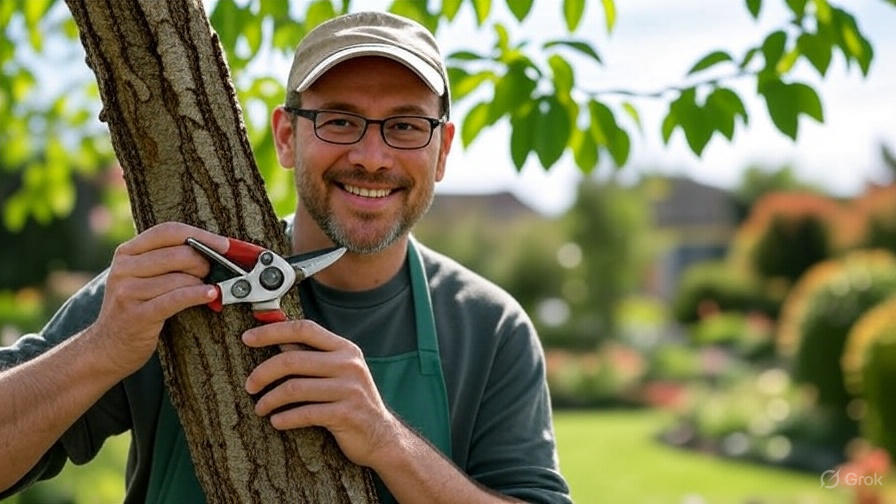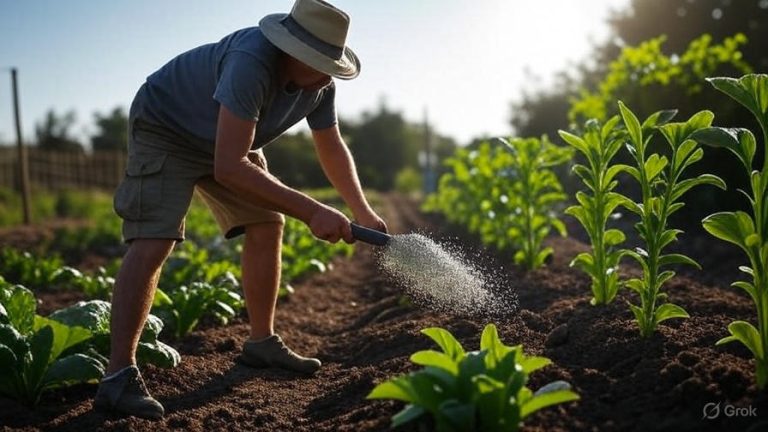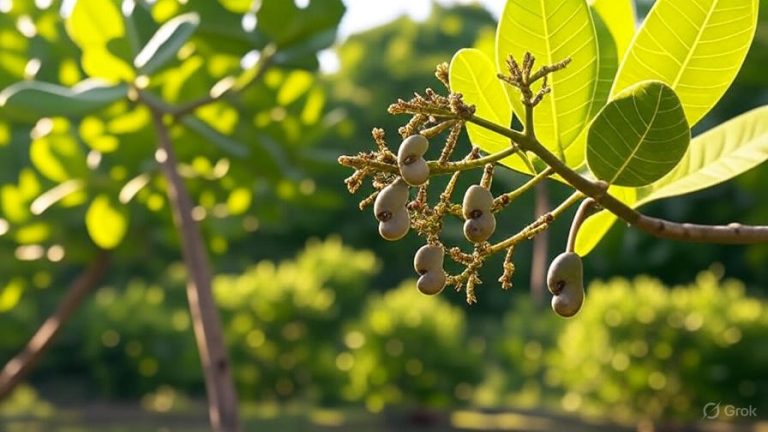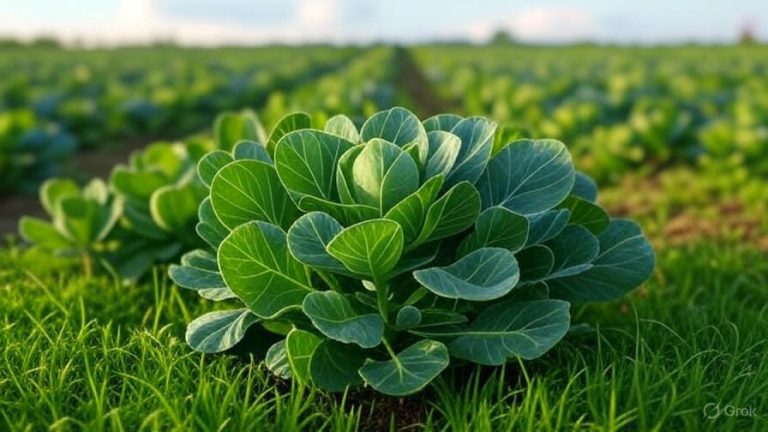How to Prune a Weeping Cherry Tree?
Weeping cherry trees create stunning focal points in any landscape with their graceful, drooping branches and spectacular spring blooms. These ornamental trees need regular maintenance to thrive and maintain their distinctive weeping form. Proper pruning techniques ensure your tree stays healthy, produces abundant flowers, and keeps its elegant shape for years to come.
Many homeowners feel intimidated by the thought of pruning their weeping cherry tree. However, with the right knowledge and tools, anyone can master this essential garden skill. This comprehensive guide will walk you through everything you need to know about weeping cherry tree care, from timing to techniques.
Why Prune Your Weeping Cherry Tree
Pruning serves multiple vital purposes for weeping cherry trees. Regular maintenance removes dead, diseased, or damaged wood that could harbor pests and diseases. This preventative approach keeps your tree healthy and reduces the risk of infections spreading throughout the canopy.
Shape maintenance is another crucial reason to prune. Weeping cherry trees naturally develop a beautiful cascading form, but without guidance, they can become overgrown and lose their distinctive appearance. Strategic pruning helps maintain the tree’s elegant weeping silhouette while preventing branches from becoming tangled or overcrowded.
Air circulation improves dramatically when you remove excess branches from the interior of the tree. Better airflow reduces humidity around the foliage, which helps prevent fungal diseases that commonly affect cherry trees. Sunlight penetration also increases, reaching more branches and promoting healthier growth throughout the canopy.
Best Time to Prune Weeping Cherry Trees
Timing plays a critical role in successful weeping cherry tree pruning. The optimal window occurs during late winter or early spring when the tree remains completely dormant. During this period, no leaves or flowers should be visible on the branches.
Fall pruning offers another excellent opportunity for maintenance work. After the leaves have dropped but before winter sets in completely, you can safely prune your weeping cherry. This timing allows the tree to heal properly before winter dormancy fully takes hold.
Avoid pruning during summer months when the tree is actively growing. Summer pruning can stress the tree and make it more susceptible to diseases. The wounds heal more slowly during this period, leaving the tree vulnerable to infections and pest problems.
Never prune during flowering season unless absolutely necessary for safety reasons. Removing branches during bloom time eliminates the current year’s flowers and can reduce next year’s flower production. The tree directs energy toward healing wounds instead of developing strong flower buds for the following season.
Essential Tools for Pruning Success
Quality tools make all the difference in achieving clean, precise cuts that heal quickly. Sharp, clean pruning shears handle most small branches up to three-quarters of an inch in diameter. Bypass pruners work better than anvil-style pruners because they create cleaner cuts with less crushing of plant tissue.
Loppers extend your reach and provide extra leverage for branches between three-quarters of an inch and two inches thick. Look for models with curved blades that create smooth, clean cuts. The longer handles give you better control and reduce strain on your arms and shoulders.
Pruning saws become necessary for larger branches exceeding two inches in diameter. Choose a folding saw for portability and safety, or invest in a straight-blade pruning saw for heavy-duty work. The teeth should cut on the pull stroke for better control and cleaner cuts.
Disinfecting supplies are just as important as cutting tools. Clean your tools between trees and after removing diseased wood to prevent spreading infections. Use rubbing alcohol, bleach solution, or commercial disinfectant wipes to sanitize blades thoroughly.
Safety equipment protects you during the pruning process. Safety glasses shield your eyes from flying debris and branches. Work gloves provide grip and protect your hands from cuts and scrapes. Consider wearing a hard hat when working under large branches that might fall unexpectedly.
Step-by-Step Pruning Process
Start your pruning session by walking completely around the tree to assess its overall condition and structure. Look for obvious problems like dead branches, crossing limbs, or areas where the canopy appears too dense. This initial inspection helps you develop a plan before making any cuts.
Remove all dead, diseased, and damaged wood first. Dead branches appear brown or black and break easily when bent. Diseased wood often shows discoloration, cankers, or unusual growths. Damaged branches may have splits, cracks, or bark wounds from storms or mechanical injury.
Make your cuts at the proper location to promote healthy healing. For small branches, cut just above an outward-facing bud or lateral branch. This technique encourages growth in the right direction and prevents water from collecting on the cut surface. For larger branches, use the three-cut method to prevent bark stripping.
The three-cut method begins with an undercut about one-third of the way through the branch, roughly twelve inches from the trunk. Make the second cut from the top, a few inches farther out from the undercut. This removes the weight of the branch safely. The final cut removes the remaining stub close to the trunk at the branch collar.
Managing Suckers and Water Sprouts
Most weeping cherry trees are grafted onto rootstock, which can produce vigorous upright shoots called suckers. These shoots emerge from the base of the tree or from the trunk below the graft union. Suckers compete with the main tree for nutrients and water while disrupting the desired weeping form.
Remove suckers as soon as you notice them, regardless of the season. Pull small suckers by hand when the soil is moist, which often eliminates the entire root system. Use pruning shears for larger suckers, cutting them as close to the point of origin as possible.
Water sprouts are vigorous vertical shoots that grow from branches within the canopy. These shoots grow straight up, disrupting the weeping form and creating a cluttered appearance. They also tend to be weakly attached and may break during storms.
Cut water sprouts at their point of origin on the parent branch. Don’t leave stubs, which can produce multiple new shoots. Some water sprouts indicate stress, so consider whether your tree needs better care in terms of watering, fertilizing, or soil conditions.

Shaping Your Weeping Cherry Tree
The natural weeping form of these trees creates their distinctive beauty, but some guidance helps maintain the best possible shape. Focus on creating an open center that allows light to penetrate throughout the canopy. This structure promotes healthy growth and reduces disease problems.
Maintain the tree’s natural height by removing any branches that grow significantly taller than the rest of the canopy. The goal is to preserve the graceful, rounded crown that characterizes healthy weeping cherry trees. Avoid cutting the central leader unless it’s damaged or diseased.
Thin overcrowded areas by removing entire branches rather than just shortening them. This approach maintains the natural growth pattern while improving air circulation. Remove branches that cross or rub against each other, keeping the stronger, better-positioned branch.
Guide the weeping branches to cascade naturally without touching the ground. Branches that drag on the soil can become damaged and provide entry points for diseases. Trim these branches to maintain a clearance of at least six inches above the ground.
Common Pruning Mistakes to Avoid
Over-pruning ranks as the most damaging mistake homeowners make with weeping cherry trees. Never remove more than 25% of the canopy in a single season. Excessive pruning stresses the tree and can stimulate excessive water sprout production.
Topping, or cutting back all branches to stubs, destroys the natural form of weeping cherry trees and creates weak, poorly-attached regrowth. This practice often kills ornamental trees or creates long-term structural problems. Always maintain the tree’s natural branching pattern.
Making flush cuts against the trunk removes the branch collar, which contains cells that help wounds heal properly. Leave the slightly swollen area where the branch meets the trunk intact. This tissue helps seal the wound and prevents decay from entering the trunk.
Using dull or dirty tools creates ragged cuts that heal slowly and increase infection risk. Sharp, clean tools make precise cuts that close quickly. Take time to maintain your tools properly – your trees will benefit from the extra effort.
Seasonal Care Beyond Pruning
Spring care begins as soon as the last frost passes in your area. Apply a balanced, slow-release fertilizer around the base of the tree, following package directions for the tree’s size. Water deeply but infrequently to encourage deep root growth.
Summer focuses on monitoring for pests and diseases. Watch for signs of aphids, scale insects, or fungal problems. Early detection makes treatment much more effective. Maintain consistent moisture levels but avoid overwatering, which can promote root rot.
Fall preparation includes cleaning up all fallen leaves and debris around the tree. This material can harbor diseases and pests over winter. Apply a layer of organic mulch around the base, keeping it several inches away from the trunk to prevent rodent damage.
Winter protection becomes important in harsh climates. Wrap young trees in burlap to prevent wind damage and sun scald. Avoid using plastic wraps that can trap moisture and promote disease development.
Dealing with Disease and Pest Issues
Cherry trees face several common disease problems that proper pruning can help prevent. Bacterial canker causes sunken areas on branches and trunks, often killing affected branches. Remove infected wood immediately, cutting well below visible damage into healthy tissue.
Powdery mildew appears as a white, powdery coating on leaves and shoots. Improve air circulation through strategic pruning to reduce humidity around the foliage. Remove affected branches during dormant season pruning.
Brown rot affects flowers and fruit, causing them to turn brown and shrivel. This fungal disease spreads rapidly in humid conditions. Prune to improve airflow and remove all infected plant material promptly.
Aphids often cluster on new growth, causing leaves to curl and distort. Encourage beneficial insects by avoiding broad-spectrum pesticides. Prune out heavily infested branches if populations become overwhelming.
Scale insects appear as small, dome-shaped bumps on branches and leaves. Heavy infestations can weaken trees significantly. Dormant oil applications during winter can help control these pests effectively.
Long-term Tree Health Strategies
Soil health forms the foundation of tree health. Test your soil every few years to ensure proper pH levels and nutrient availability. Cherry trees prefer slightly acidic to neutral soil with good drainage. Amend heavy clay soils with organic matter to improve drainage.
Proper watering techniques promote deep, extensive root systems. Water deeply once or twice per week rather than frequent shallow watering. The soil should be moist but not waterlogged. Adjust watering based on rainfall and seasonal needs.
Mulching provides numerous benefits including moisture retention, temperature moderation, and weed suppression. Use organic mulches like shredded bark or compost, applying a 2-3 inch layer around the tree. Keep mulch away from the trunk to prevent pest and disease problems.
Regular monitoring helps catch problems early when they’re easier to treat. Walk around your tree monthly during the growing season, looking for changes in leaf color, unusual growths, or signs of pest activity. Document any concerns with photos to track changes over time.
Professional Help: When to Call an Arborist
Large, mature weeping cherry trees may require professional attention for major pruning work. Certified arborists have the experience and equipment to safely remove large branches and address complex structural issues. They can also identify problems that untrained eyes might miss.
Trees showing signs of serious disease or structural damage need professional evaluation. An arborist can determine if the tree can be saved or if removal is necessary for safety reasons. They can also recommend treatment options for disease problems.
Power line clearance should always be handled by professionals with proper training and equipment. Never attempt to prune branches near electrical lines yourself. Contact your utility company or a certified arborist who specializes in utility line clearance.
Storm damage often requires immediate professional attention, especially if large branches are hanging or the tree structure is compromised. Professional arborists can safely remove damaged wood and assess the tree’s long-term viability.
Conclusion
Proper pruning transforms your weeping cherry tree into a stunning landscape feature that provides years of beauty and enjoyment. The key lies in timing your pruning correctly, using sharp tools, and making clean cuts that promote healthy healing. Regular maintenance prevents major problems and keeps your tree in excellent condition.
Remember that pruning is just one aspect of comprehensive tree care. Combine proper pruning with good soil management, appropriate watering, and regular monitoring for the best results. Your weeping cherry tree will reward your efforts with spectacular spring blooms and graceful form throughout the seasons.
Start with small steps if you’re new to pruning. Remove obvious dead wood and suckers first, then gradually develop your skills and confidence. With practice, you’ll develop an eye for the cuts that enhance your tree’s natural beauty while promoting optimal health and growth.







